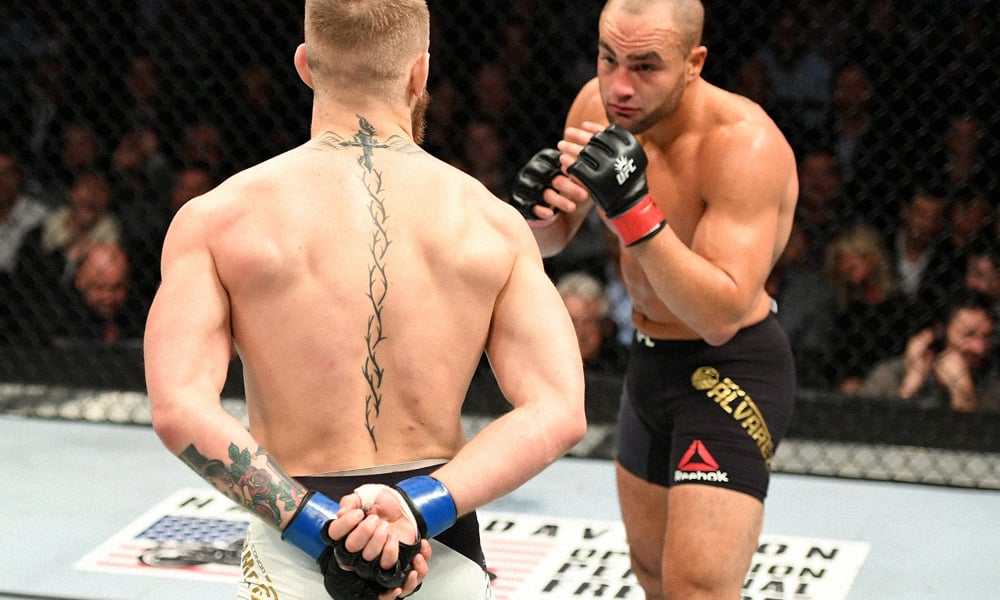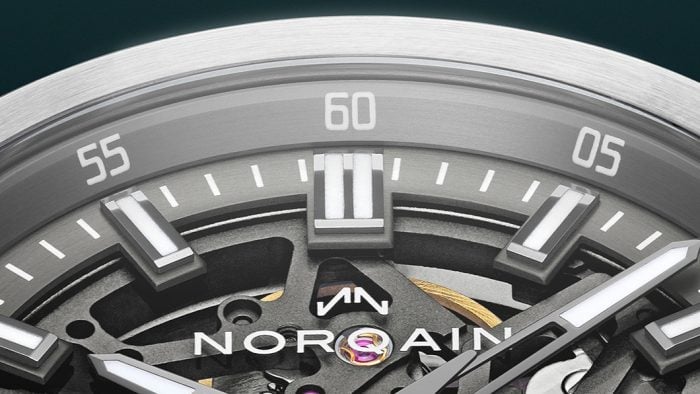About a year ago, we released a story called “How to Throw a Better Punch.” You guys went crazy for it and showed us a lot of love for having written a practical guide about self-defense, and while we appreciate the kind words (as always!), we noticed something in hindsight: We really only covered one half of the equation.
In most of the street fighting videos you see, or all the MMA fights you watch, it’s all about the knockout—the last punch or kick that ended the fight in one thunderous movement. But what about every punch or kick that led up to that moment? That tough overhand left in the second minute of the fourth round? Or the sucker punch in the parking lot that the one dude ate like a midnight snack? We never look at those sides of the fight, despite how important they really are.
Anybody can be trained to throw a good punch, but what about how to take one?
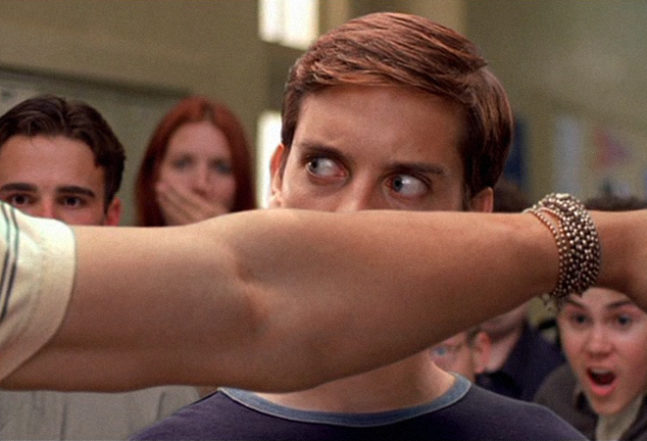
Don’t Get Punched
The first and most obvious rule is: If you can avoid being punched, do so at all costs. It doesn’t matter how many of these tips you take to heart or what kind of training you do, you will always fare better not taking a punch than you would even by expertly taking one like it’s your job.
Even if you manage to slip one clearly enough to take 50% of its steam off, you’re still getting hit with a 50% punch. And in case you forgot, it takes a little over 10 pounds of pressure to crack the human nose.
The best way to take a punch will always be not to take it at all.

Strengthen Your Neck
The best way to help “fight” back against the punch is to make sure your body is doing everything it can on its end to mitigate as much of the damage as possible. Strengthening your neck muscles—particularly if you get hit in the face and head—will help lessen the trauma your brain receives from whiplash.
In many instances, a knockout happens because a person is hit so hard their brain smacks into their skull and essentially “short circuits” the nerves in their body. By strengthening your neck, you make your brain less susceptible to the resulting whiplash after being hit.
In other words, a strong neck will keep your head from snapping back and forth. Link
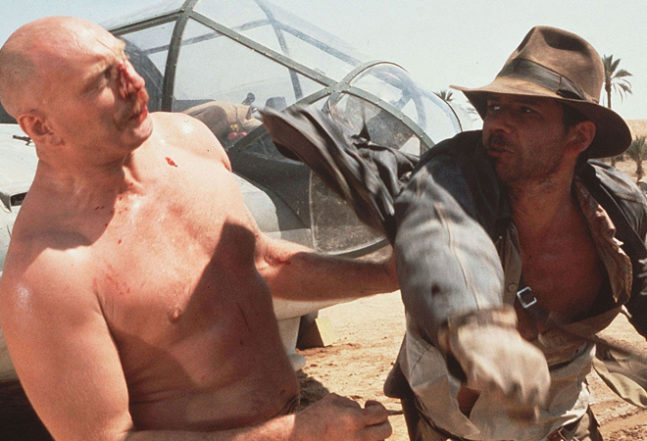
Keep Eye Contact
Believe it or not, even if you’ve never been in a single fight, your body has hundreds of thousands of years of evolution going for it. After so many years of being hardscrabble hunter-gatherers, our bodies come wired with some basic survival instincts. One of those instincts is automatically knowing how to react to an attack in order to minimize the damage being done.
Keeping an eye on your opponent—watch where he’s swinging and his general movements—will allow your body to pre-empt the trauma it’s about to endure. Even if you have the slowest reflexes in human history, your body will start doing the work for you. All you have to do is keep your eye on the ball. Link

Watch Their Shoulders
The best way to understand where a punch is going is not to look at the fist, but rather, the shoulders. The fist is the point of contact. By the time you see where it’s going, it’s making contact.
However, by looking at the way a person’s body is shifting, you can help predict where a punch is going. For instance, if they dip their shoulders down before they throw the punch, it’s very likely that they’re going to throw a body shot. Conversely, if they raise their shoulder up, it’s likely that they’re going for your head.
Once you know where their punch is going, you can mount your defense. Are you going to roll it? Are you going to try to slip or duck it? Are you going to deflect it? The possibilities vary drastically, but it all starts with knowing what you’re up against. Link
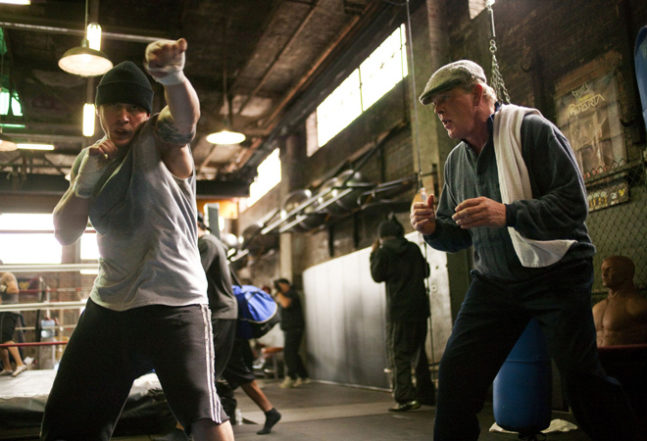
Pay Attention to Your Body Positioning
Never square up with your opponent. Always make sure you’re coming at them at a staggered angle. Doing so will help minimize their impact target, as well as help keep you on your feet when you do get hit. You should also always be keeping your knees slightly bent. You’ll be able to instinctively rebound on your feet and absorb a good portion of a punch’s impact. Keeping your chin tucked in is also important, as it’s one of the most vulnerable parts of your body. Knowing how to position your body and why it’s important will ensure you don’t wind up on the floor. Link
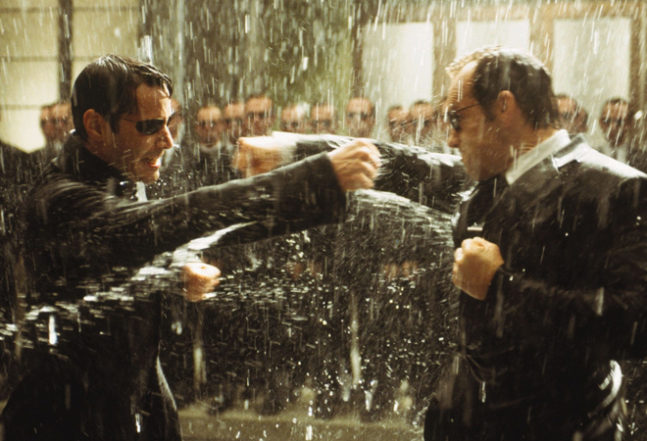
Roll With The Punches
You’ve heard this saying a million times, but do you know its origins? When you roll with a punch, it literally means to roll your body in the direction of the punch to minimize damage.
It’s a tough concept to grasp through words, but let’s say someone throws a right cross at you, and let’s say it’s going to connect with your left cheek bone. Even though you can’t avoid it, you can time it so that you take a lot of the impact off of the punch by turning your head to the right—and away from the punch. By working with the momentum of the punch, you’re helping to minimize impact. Link

Keep Your Teeth/Jaw Clenched
We’ve all seen the videos online. It’s a street fight. Two guys have been talking to each other for some time, and then one of them puts up his hands, while the other continues talking smack—usually with his hands down. The guy who decided talking was over throws a jab at his opponent mid-sentence, and Ol’ Slack Jaw folds over like a lawn chair.
When the time for talking comes to an end, clench your jaw and keep your teeth tight as you can. If you take a punch, it’ll make you less susceptible to broken teeth, a broken jaw, and a whole lot of grief. Link

Breathe Out And Tighten Up on Impact
For whatever reason, so many amateur fighters think that by holding their breath on impact, they’ll somehow lessen the blow being delivered. The reality, however, is that holding your breath is a surefire way to get the wind knocked out of you. And anyone who has ever had it happen to them will tell you it’s nearly impossible to recover from in a fight. Exhaling on impact helps your body regulate your breathing, and drastically improves your recovery time following a punch.
On the other hand, tightening up your muscles on impact—particularly before a body shot—will help you, as opposed to relaxing your muscles and trying to absorb the punch. Of course, with enough practice, tightening up your abdomen muscles will become second nature. Link

